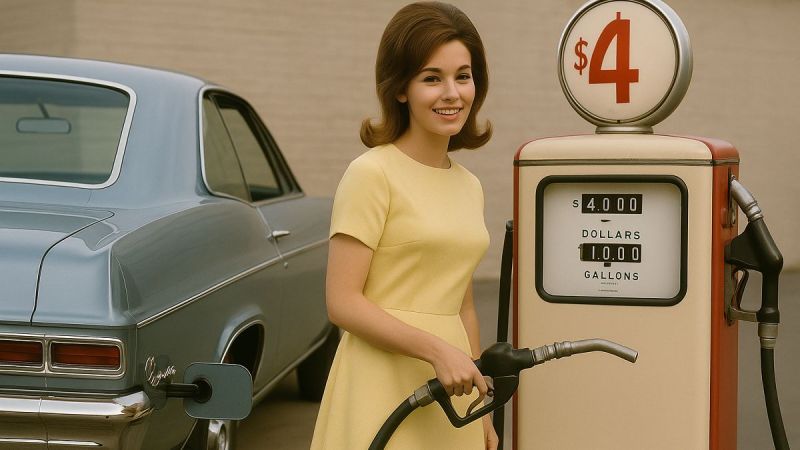Gasoline in 1965 cost about 31 cents per gallon. Today, when we adjust for the purchasing power of the dollar, gas also costs 31 cents. Inflation diminishes the value of the dollar. Another term for this is debasement of the dollar. The second term implies that the lowered buying power of the dollar is intentional. The U.S. government purposely reduces the buying power of the currency to achieve certain goals. Use whichever term you prefer. Here’s how the buying power of a dollar during certain past periods is calculated.
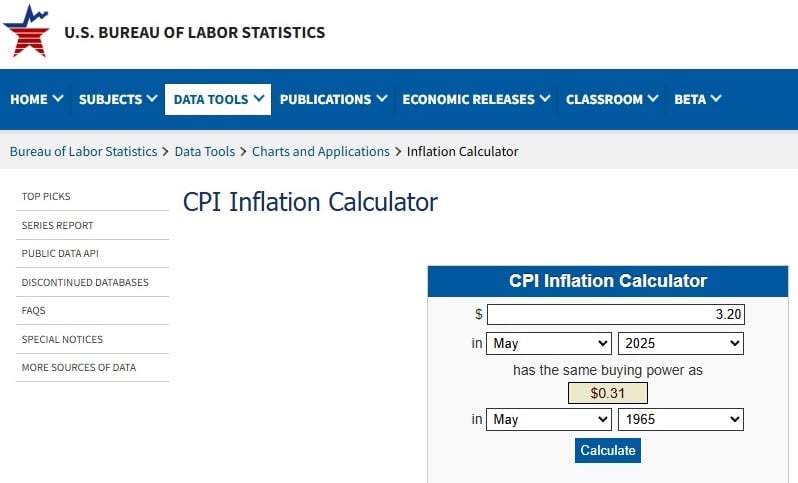
You can use any online tool you wish to employ. We like the U.S. Department of Labor’s Consumer Price Index Inflation Calculator. It’s on the bls.gov website. All you need to do is input dates and prices, and it will allow you to find the equivalent value of the dollar during a past time. Here’s what it looks like if we use America’s average price of gasoline as supplied by AAA, which tracks this on a daily basis.
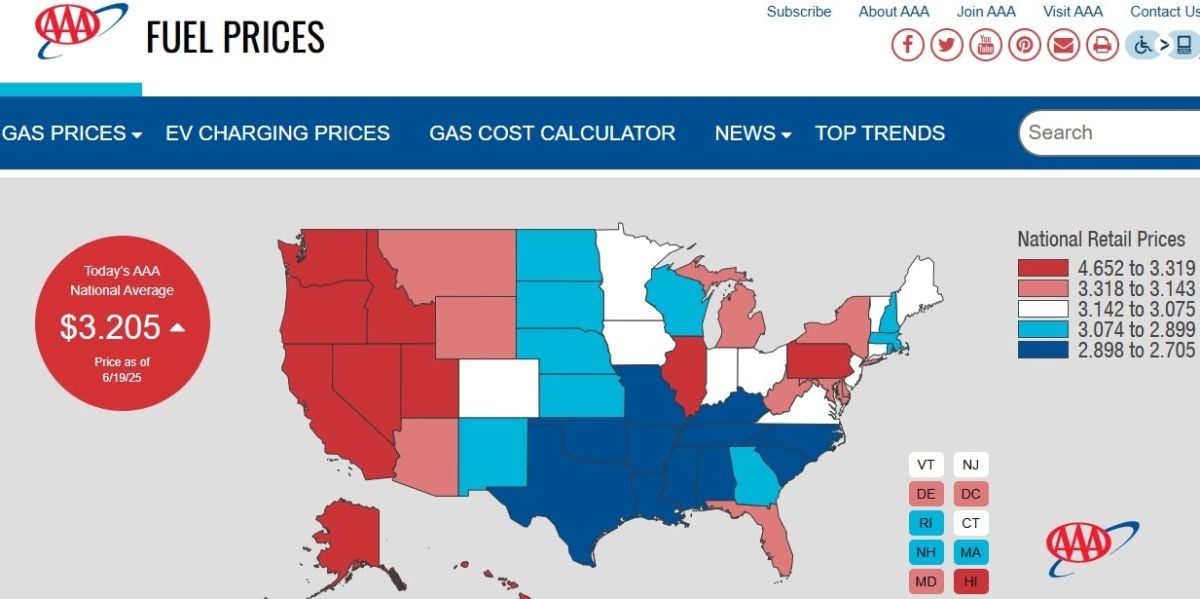
Conveniently, another government website has recorded the average cost of gasoline since 1929. We used the U.S. Department of Energy’s site to look up the cost of gas sixty years ago. That was the period during President Johnson’s administration when American gas-guzzling muscle cars were a big part of our culture. The American Graffiti period, if you will. Using the website, we can see that the cost of gasoline in 1965 was 31 cents per gallon. That sounds low, but you could buy a decent house for under $20,000 during the 1960s.
In 1965, a small cup of coffee was priced at 35 cents. Today, a small cup at Dunkin costs less if you adjust for inflation. Just 25 cents in 1965 dollars. Coffee prices are about a third lower today than in the 60s. We drink much larger portions, so the cost seems like it’s higher, but ounce for ounce, it’s way less.
Cost Per Mile Way Down Since the 1960s
In 1965, the most popular car in terms of sales was the Chevrolet Impala. It got about 14 MPG. Today, the most popular car in America is the Toyota Camry. It gets between 44 and 51 MPG, depending on trim. There is no trim lower than 44 MPG, so let’s use that, do some math, and look at the average cost per mile of fuel in 1965 vs. 2025 for these two top-selling cars.
Camry Cost Per Year (15k Miles) = $1,050 in 2025 Dollars or $103 in 1965 Dollars
Chevy Impala Cost Per Year (15K Miles) - $3,297 in 2025 Dollars or $322 in 1965 Dollars
As you can see, the cost of fuel to drive the most popular car is less than ⅓ of the cost to drive the most popular car in 1965. So, effective fuel costs to the consumer are down about 70% since 1965. We won’t dive too deeply into this, but the Camry has no belts at all under the hood, its spark plugs, transmission fluid and coolant all last more than 100,000 miles, tune ups are not required (not even possible), and it has no power steering pump, starter or alternator to fail. This makes the Camry extremely affordable to maintain. The Camry trim we are comparing is also AWD and much faster than the Impala was. Yes, even the hopped-up Impalas could not run from 0-60 MPH in under 7 seconds. Sorry if this is in conflict with your memories.
The cost of gasoline is not uniform in the United States. Some states, California, for example, have dramatically higher than average prices. In the case of California, this is official government policy. Gas is intended to be priced punitively to punish those drivers who opt to buy a gas-powered car. How many drivers opt to still drive a gas-powered car? A supermajority, according to Governor Newsom. Even in the face of extremely high prices, about 74% of Californians opt not to drive a battery-electric vehicle. Hawaii also has very high gas prices. This is partly because it’s an island in the middle of the Pacific and moving fuel there is harder than on the mainland, where it is produced, but Hawaii also has very high self-imposed taxes on gas.
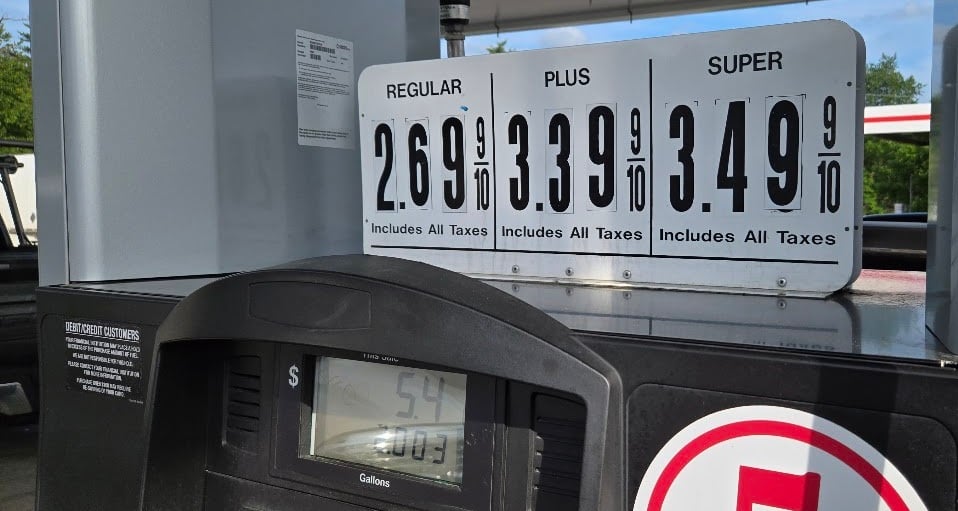
In many states, gasoline is far less expensive than the national average. We bought gasoline at the Country Mile station in Greenville, NH, near the Mass border, this week, and the price per gallon is $2.69. That is the equivalent of about 26 cents per gallon in 1965. Here, gasoline is dramatically less when you adjust for both the cost of money and efficiency.
AAA says that the average gasoline price in America is about 7% less now in President Trump’s second term than it was one year ago at the end of President Biden’s term. It’s about 9% lower than May of 2023, 28% lower than May of 2022, and slightly higher than in May of 2021. These are all prices in the dollars of the day, not adjusted for inflation.
It’s a common misconception that fuel costs are higher today than in the days of big-displacement gas-gulping muscle cars. The cost to the consumer of fuel has seen a few short-term spikes both up and also down. However, if you look at the average over time, the cost of fuel is always pretty close to the average on a yearly basis. Factor in the dramatic improvements in efficiency in the highest-selling vehicles on the road, and the cost per mile of fuel is dramatically lower now than it was in the past.
One of the biggest gains in fuel economy has been regenerative braking. By using electric motors to recapture energy and then return that energy to the powertrain using motors that push or help to push the vehicle, one can see huge leaps in efficiency. A great example of that is the Ford Maverick Hybrid pickup truck we tested this month. It returned 47 MPG in our use. Not bad for a pickup with all-wheel drive. During our use, about 55% of the miles we covered were electric, according to Ford’s handy display.
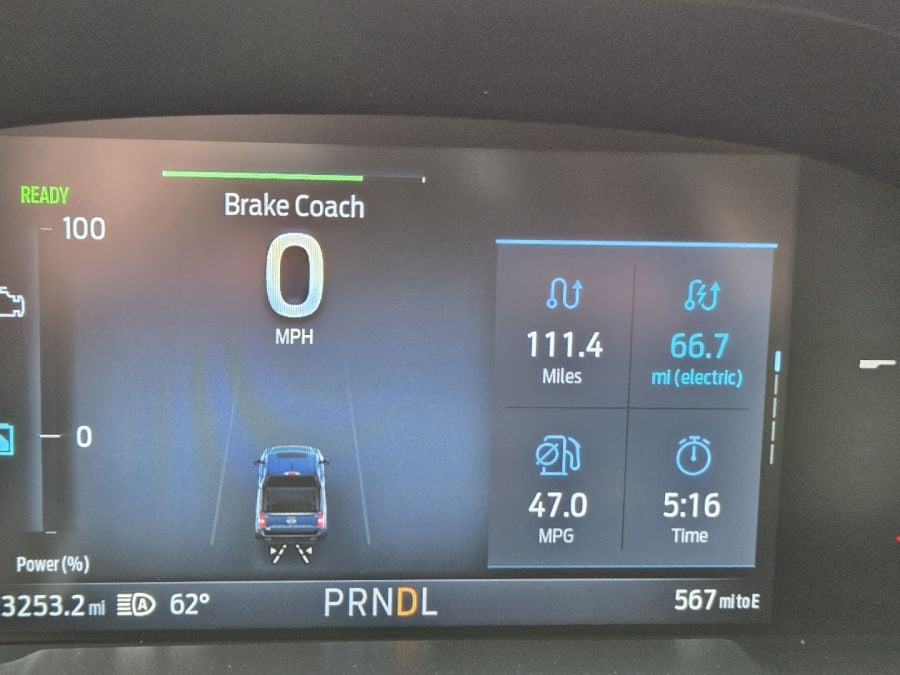
Do these facts surprise you, or were you already aware that the cost to drive today is about 70% lower than during the late 1950s and 1960s? Tell us your thoughts in the comments below.
John Goreham is a long-standing member of the New England Motor Press Association and an expert vehicle tester. John completed an engineering program with a focus on electric vehicles, followed by two decades of work in high-tech, biopharma, and the automotive supply chain before becoming a news contributor. He is a member of the Society of Automotive Engineers (SAE int). In addition to his eleven years of work at Torque News, John has published thousands of articles and reviews at American news outlets. He is known for offering unfiltered opinions on vehicle topics. You can connect with John on LinkedIn and follow his work on his personal X channel or on our X channel. Please note that stories carrying John's by-line are never AI-generated, but he does employ grammar and punctuation software when proofreading and he also uses image generation tools.
Top of page image generated using AI. AAA national gas average image courtesy of AAA. CPI calculator image courtesy of bls.gov. Maverick display image by John Goreham. Fuel price sign image by John Goreham 9June 2025)


